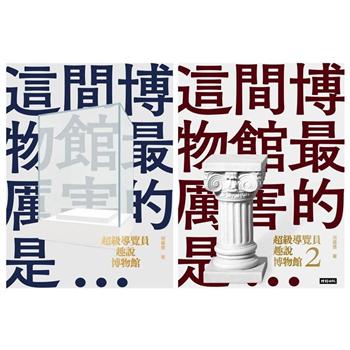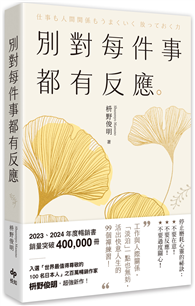Between the end of the Opium War in the 1842 and the establishment of the People’s Republic in 1949 China, long the most prosperous and sophisticated country in the world, was subjected to the military, economic, and political domination of Western imperialism. The old dynastic system was overthrown in 1911, and in 1921 the Communist Party was formed, which led the revolutionary struggle over the next three decades. Since the founding of the PRC China has pursued its distinctive path of socialist construction, a challenging and often contentious process which is still unfolding today. This volume traces the crisis of Old China and the course of the revolutionary struggle up to 1949, and follows the development of New China through the era of Mao Zedong’s leadership, the launching of reform under Deng Xiaoping, and the beginning of a new era under the leadership of Xi Jinping. China’s use of market mechanisms to develop the productive economy has generated contradictions as well as dramatic growth, and China has achieved great things in education, health care, and the provision of other social services. But the process of socialist construction remains an unfinished and ongoing venture, and the future of the revolution is very much a work in progress.
| FindBook |
有 1 項符合
China’s Revolution and the Quest for a Socialist Future的圖書 |
 |
China’s Revolution and the Quest for a Socialist Future 作者:Hammond 出版社:1804 Books 出版日期:2023-05-01 語言:英文 規格:平裝 / 186頁 / 21.59 x 13.97 x 1.09 cm / 普通級/ 初版 |
| 圖書館借閱 |
| 國家圖書館 | 全國圖書書目資訊網 | 國立公共資訊圖書館 | 電子書服務平台 | MetaCat 跨館整合查詢 |
| 臺北市立圖書館 | 新北市立圖書館 | 基隆市公共圖書館 | 桃園市立圖書館 | 新竹縣公共圖書館 |
| 苗栗縣立圖書館 | 臺中市立圖書館 | 彰化縣公共圖書館 | 南投縣文化局 | 雲林縣公共圖書館 |
| 嘉義縣圖書館 | 臺南市立圖書館 | 高雄市立圖書館 | 屏東縣公共圖書館 | 宜蘭縣公共圖書館 |
| 花蓮縣文化局 | 臺東縣文化處 |
|
|
圖書介紹 - 資料來源:博客來 評分:
圖書名稱:China’s Revolution and the Quest for a Socialist Future
|









